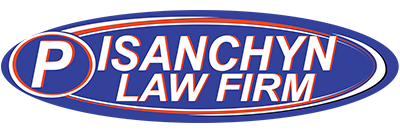Uninsured motorist coverage is a type of auto insurance coverage that helps protect you if you are in an accident with a driver who does not have insurance or who does not have sufficient insurance to cover the damages and injuries they caused. Uninsured motorist coverage is not required by all states, but some states do require it as part of the mandatory minimum insurance coverage.
Uninsured motorist coverage typically includes two types of coverage:
- Uninsured motorist bodily injury coverage: This type of coverage helps pay for medical expenses, lost wages, and other damages if you or your passengers are injured in an accident caused by an uninsured or underinsured driver.
- Uninsured motorist property damage coverage: This type of coverage helps pay for damages to your vehicle or other property if you are in an accident caused by an uninsured or underinsured driver.
It’s important to note that uninsured motorist coverage typically has its own limits and deductibles, and may also have specific requirements for when it can be used, such as when the other driver is clearly at fault and does not have insurance. It’s important to review your policy and speak with your insurance agent to understand the specific terms and conditions of your uninsured motorist coverage.
Uninsured motorist coverage can be a valuable type of insurance to have, as it helps protect you in the event that you are in an accident with an uninsured or underinsured driver. If you are involved in an accident and the other driver does not have insurance, uninsured motorist coverage can help ensure that you receive the compensation you need to cover your damages and injuries.





